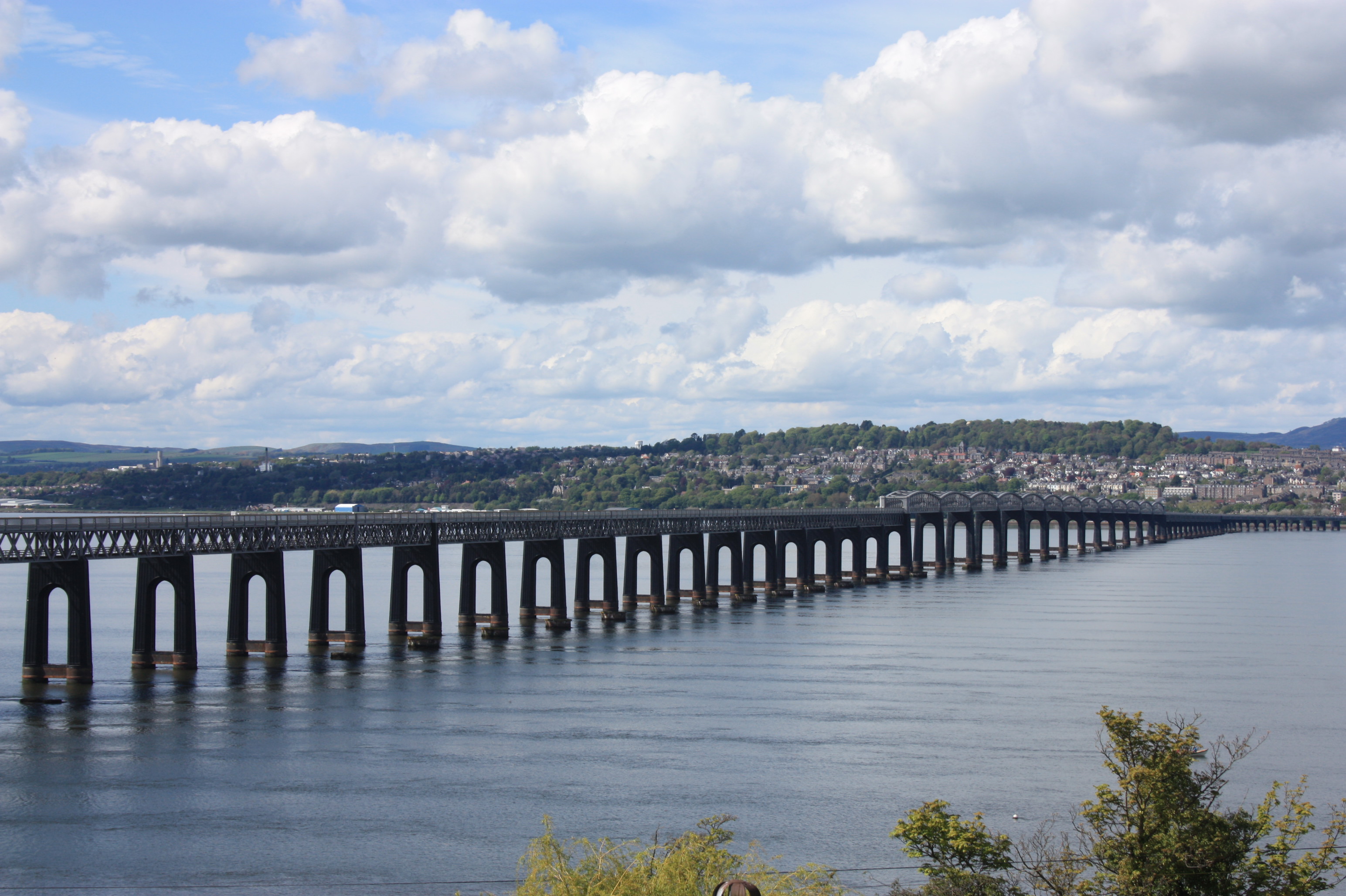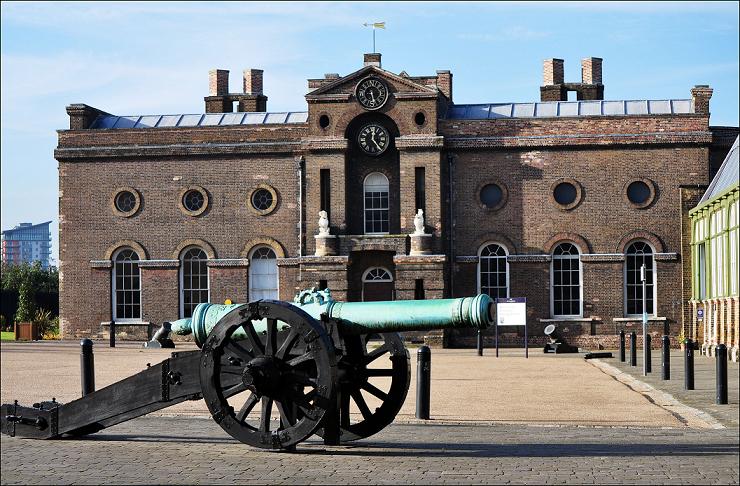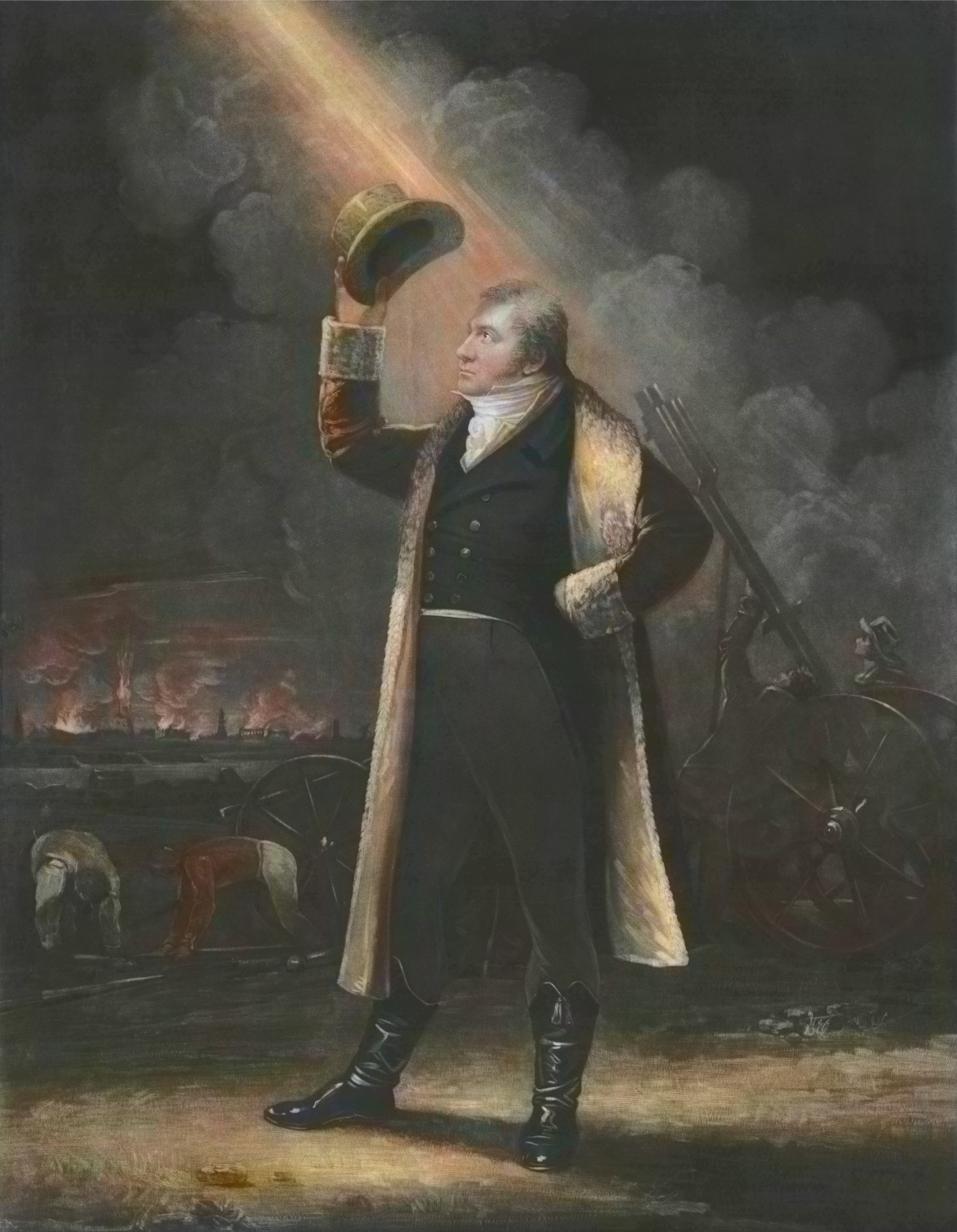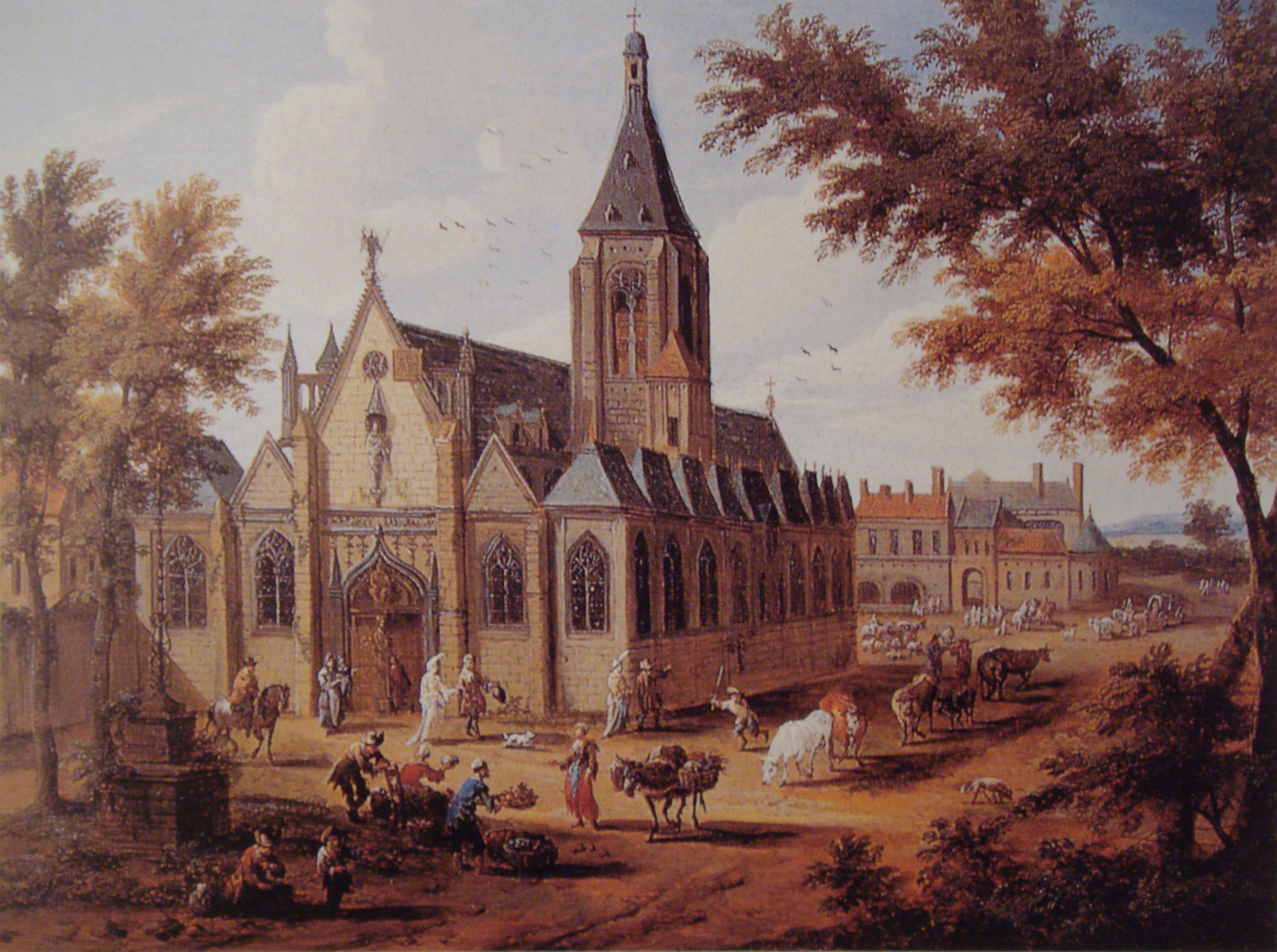|
Church Of Our Lady Of Grace, Charlton
Our Lady of Grace Church is a Roman Catholic church in Charlton, Royal Borough of Greenwich, London. Built between 1905 and 1906 in Neo-Romanesque style, it was designed by the French architect Eugène Gervais (1852–1940) for the Sisters of the Assumption as part of their international mission work in England following the French religious exile of 1901-1914. History Origins and establishment In 1903, following their exile from France due to anti-clerical legislation, a group of Sisters of the Assumption established a community in Charlton, by purchasing a private residence Highcombe House. This impressive property had a distinguished history, having been home to several notable figures including Sir William Congreve, 2nd Baronet (1772–1828), a prolific inventor, and William Henry Barlow (1812–1902), who had designed the roof of St Pancras station and is commemorated with an English Heritage blue plaque. Highcombe House and its gardens, now serving as a communit ... [...More Info...] [...Related Items...] OR: [Wikipedia] [Google] [Baidu] |
Roman Catholic Church
The Catholic Church (), also known as the Roman Catholic Church, is the List of Christian denominations by number of members, largest Christian church, with 1.27 to 1.41 billion baptized Catholics Catholic Church by country, worldwide as of 2025. It is among the world's oldest and largest international institutions and has played a prominent role in the history and development of Western civilization.Gerald O'Collins, O'Collins, p. v (preface). The church consists of 24 Catholic particular churches and liturgical rites#Churches, ''sui iuris'' (autonomous) churches, including the Latin Church and 23 Eastern Catholic Churches, which comprise almost 3,500 dioceses and Eparchy, eparchies List of Catholic dioceses (structured view), around the world, each overseen by one or more Bishops in the Catholic Church, bishops. The pope, who is the bishop of Rome, is the Papal supremacy, chief pastor of the church. The core beliefs of Catholicism are found in the Nicene Creed. The ... [...More Info...] [...Related Items...] OR: [Wikipedia] [Google] [Baidu] |
Augustinians Of The Assumption
The Assumptionists, formally known as the Congregation of the Augustinians of the Assumption (; abbreviated AA), is a worldwide congregation of Catholic priests and brothers. It is active in many countries. The French branch played a major role in French political and social history in the 19th century. Founder Born in Le Vigan on August 30, 1810, Emmanuel d'Alzon received his initial formation in the major seminary of Montpellier (1832–1833) which he completed in Rome. A student of Félicité de Lamennais, he broke with his former mentor but remained influenced by several of his ideas. He launched numerous pastoral initiatives in the diocese of Nîmes under successive bishops : Claude Petit Benoit de Chaffoy (1822–1835), Jean-François-Marie Cart (1837–1855), Claude-Henri Plantier (1855–1875), and François-Nicolas Besson (1875–1878). D'Alzon founded two congregations, one for men (the Assumptionists) and one for women (the Oblates of the Assu ... [...More Info...] [...Related Items...] OR: [Wikipedia] [Google] [Baidu] |
Sir William Congreve, 1st Baronet
Lieutenant General Sir William Congreve, 1st Baronet (4 July 1742 – 30 April 1814) was a British military officer who improved artillery strength through gunpowder experiments. Personal life William Congreve was born in Stafford on 4 July 1742. He and his first wife, Rebecca Elmston, had four children together, two sons and two daughters. His eldest son, William Congreve, invented the Congreve Rocket. His second wife, Julia-Elizabeth Eyre, died aged 78 in 1831. Congreve was made a Baronet on 7 December 1812. He died on 30 April 1814. He was succeeded in his posts by his son. Military career By 1778 Congreve had obtained the rank of Captain and was appointed Superintendent of Military Machines. He worked out of Woolwich where he had the resources to train artillerymen. Sir William advocated government-run gunpowder mills, arguing that the privately owned concerns "have had such a prodigious profit allowed them" and yet the merchants left the job in the hands of "artful but i ... [...More Info...] [...Related Items...] OR: [Wikipedia] [Google] [Baidu] |
HMY William %26 Mary (1694)
Two ships of the Royal Navy The Royal Navy (RN) is the naval warfare force of the United Kingdom. It is a component of His Majesty's Naval Service, and its officers hold their commissions from the King of the United Kingdom, King. Although warships were used by Kingdom ... have been named HMY ''William & Mary'': * * {{DEFAULTSORT:William and Mary, HMY Royal Navy ship names ... [...More Info...] [...Related Items...] OR: [Wikipedia] [Google] [Baidu] |
Tay Bridge
The Tay Bridge carries rail traffic across the Firth of Tay in Scotland between Dundee and the suburb of Wormit in Fife. Its span is . It is the second bridge to occupy the site. Plans for a bridge over the Tay to replace the train ferry service emerged in 1854, but the first Tay Bridge did not open until 1878. It was a lightweight lattice design of relatively low cost with a single track. On 28 December 1879, the bridge suddenly collapsed in high winds while a train was crossing, killing everybody on board. The incident is one of the worst bridge-related engineering disasters in history. An enquiry determined that the bridge was insufficiently engineered to cope with high winds. It was replaced by a second bridge constructed of iron and steel, with a double track, parallel to the remains of the first bridge. Work commenced on 6 July 1883 and the bridge opened in 1887. The new bridge was subject to extensive testing by the Board of Trade, which resulted in a favourable report ... [...More Info...] [...Related Items...] OR: [Wikipedia] [Google] [Baidu] |
Royal Military Academy, Woolwich
The Royal Military Academy (RMA) at Woolwich, in south-east London, was a British Army military academy for the training of Officer (armed forces), commissioned officers of the Royal Artillery and Royal Engineers. It later also trained officers of the Royal Corps of Signals and other technical corps. RMA Woolwich was commonly known as "The Shop" because its first building was a converted workshop of the Royal Arsenal, Woolwich Arsenal. History Origins in the Royal Arsenal An attempt had been made by the Board of Ordnance in 1720 to set up an academy within its Arsenal (then known as the Warren) to provide training and education for prospective officers of its new Royal Regiment of Artillery, Regiment of Artillery and Corps of Royal Engineers, Corps of Engineers (both of which had been established there in 1716). A new building was being constructed in readiness for the Academy and funds had been secured, seemingly, through investment in the South Sea Company; but the latter's col ... [...More Info...] [...Related Items...] OR: [Wikipedia] [Google] [Baidu] |
George Whitmore (British Army Officer)
Sir George Whitmore KCH (12 May 1775, Lower Slaughter – 19 November 1862, Amiens) was a British Army officer. Life He was the son of George Whitmore (1739–1794) and Mary Walls (1744 – 11 March 1808). He entered Woolwich Academy at the age of 14, and had an army commission at age 18. Whitmore headed the Royal Engineers detachment on Malta as its Colonel Commandant between 1811 and 1829. There he became a great friend of the governor Sir Thomas Maitland and designed the military hospital at the Villa Bighi in conjunction with Vice Admiral Sir Pulteney Malcolm. When Sir Thomas Maitland was high commissioner of the Ionian Islands, he designed the Palace of St. Michael and St. George in Corfu City. He later became a major general and was lieutenant-governor of the Woolwich Academy between 1840 and 1846. Family Whitmore married Cordelia Ainslie (1780 – 19 December 1857) on 16 January 1798. Their second daughter Cordelia Winifreda married Captain Montagu Stopford, RN ... [...More Info...] [...Related Items...] OR: [Wikipedia] [Google] [Baidu] |
The Star-Spangled Banner
"The Star-Spangled Banner" is the national anthem of the United States. The lyrics come from the "Defence of Fort M'Henry", a poem written by American lawyer Francis Scott Key on September 14, 1814, after he witnessed the bombardment of Fort McHenry by the British Royal Navy during the Battle of Baltimore in the War of 1812. Key was inspired by the large Flag of the United States, U.S. flag, with 15 stars and 15 stripes, known as the Star-Spangled Banner (flag), Star-Spangled Banner, flying triumphantly above the fort after the battle. The poem was set to the music of a popular Music of the United Kingdom, British song written by John Stafford Smith for the Anacreontic Society, a social club in London. Smith's song, "To Anacreon in Heaven" (or "The Anacreontic Song"), with various lyrics, was already popular in the United States. This setting, renamed "The Star-Spangled Banner", soon became a popular patriotic song. With a Range (music), range of 19 semitones, it is known for ... [...More Info...] [...Related Items...] OR: [Wikipedia] [Google] [Baidu] |
Congreve Rocket
The Congreve rocket was a type of rocket artillery designed by British inventor Sir William Congreve, 2nd Baronet, Sir William Congreve in 1808. The design was based upon Mysorean rockets, the rockets deployed by the Kingdom of Mysore against the East India Company during the Second Anglo-Mysore War, Second, Third Anglo-Mysore War, Third, and Fourth Anglo-Mysore Wars. Lieutenant general Thomas Desaguliers, colonel commandant of the Royal Artillery at Woolwich, was impressed by reports of their effectiveness, and undertook several unsuccessful experiments to produce his own rocket weapons. Several captured Mysorean rockets were sent to Great Britain following the annexation of the Mysorean kingdom into Company rule in India, British India following the death of Tipu Sultan in the Siege of Seringapatam (1799), siege of Seringapatam. The project was continued chiefly with William Congreve, who set up a research and development programme at the Royal Arsenal, Woolwich Arsenal's lab ... [...More Info...] [...Related Items...] OR: [Wikipedia] [Google] [Baidu] |
George IV Of The United Kingdom
George IV (George Augustus Frederick; 12 August 1762 – 26 June 1830) was King of the United Kingdom of Great Britain and Ireland and King of Hanover from 29 January 1820 until his death in 1830. At the time of his accession to the throne, he was acting as prince regent for his father, King George III, having done so since 5 February 1811 during his father's final mental illness. George IV was the eldest child of King George III and Queen Charlotte. He led an extravagant lifestyle that contributed to the fashions of the Regency era. He was a patron of new forms of leisure, style and taste. He commissioned John Nash to build the Royal Pavilion in Brighton and remodel Buckingham Palace, and commissioned Jeffry Wyatville to rebuild Windsor Castle. George's charm and culture earned him the title "the first gentleman of England", but his dissolute way of life and poor relationships with his parents and his wife, Caroline of Brunswick, earned him the contempt of the pe ... [...More Info...] [...Related Items...] OR: [Wikipedia] [Google] [Baidu] |
Ordnance Survey Sheet VII
Ordnance may refer to: Military and defense *Materiel in military logistics, including weapons, ammunition, vehicles, and maintenance tools and equipment *Artillery *Artillery shells *Aircraft ordnance, weapons carried by and used by an aircraft Places *Ordnance, Oregon, United States *Ordnance Island, Bermuda Maps-related *Ordnance datum (from use in ballistics), a vertical datum used as the basis for deriving altitudes on maps *Ordnance Survey The Ordnance Survey (OS) is the national mapping agency for Great Britain. The agency's name indicates its original military purpose (see Artillery, ordnance and surveying), which was to map Scotland in the wake of the Jacobite rising of ..., the national mapping agency for Great Britain See also * Ordnance Corps (other) {{disambiguation, geo ... [...More Info...] [...Related Items...] OR: [Wikipedia] [Google] [Baidu] |
Church Of Saint-Sulpice, Paris
The Church of Saint-Sulpice () is a Catholic church in Paris, France, on the east side of Place Saint-Sulpice, in the 6th arrondissement. Only slightly smaller than Notre-Dame and Saint-Eustache, it is the third largest church in the city. It is dedicated to Sulpitius the Pious. Construction of the present building, the second on the site, began in 1646. During the 18th century, an elaborate gnomon, the Gnomon of Saint-Sulpice, was constructed in the church. Saint-Sulpice is also known for its Great Organ, one of the most significant organs in the world. History The present church is the second building on the site, erected over a Romanesque church originally constructed during the 13th century. Additions were made over the centuries, up to 1631. The new building was founded in 1646 by parish priest Jean-Jacques Olier (1608–1657) who had established the Society of Saint-Sulpice, a clerical congregation, and a seminary attached to the church. Anne of Austria laid the ... [...More Info...] [...Related Items...] OR: [Wikipedia] [Google] [Baidu] |







